I am relatively new to electronics and circuits. I'm modifying an alarm clock to have a battery backup. I've found a few circuits that show how to build a battery backup circuit and it makes a lot of sense to me. A few of these circuits allow the battery to be trickle charged though and I'm not clear on how these work. Here's one:

V3 is the main power. V2 is the battery. If V3 is on, power goes through the resister and back into the battery (the resister value is arbitrary, I just haven't figured out what it should be). The power doesn't go through the D2 diode because it's reverse biased. But why doesn't the power go from the battery, V2, through the resister and to the load as well? And when V3 is out and the battery is powering the load, which path does it take? Does it go through the D2 diode or the resister? Apologies if this seems like a stupid question. I've been doing my best to learn this, but I can't find answers to these particular questions. Thanks for the help!


